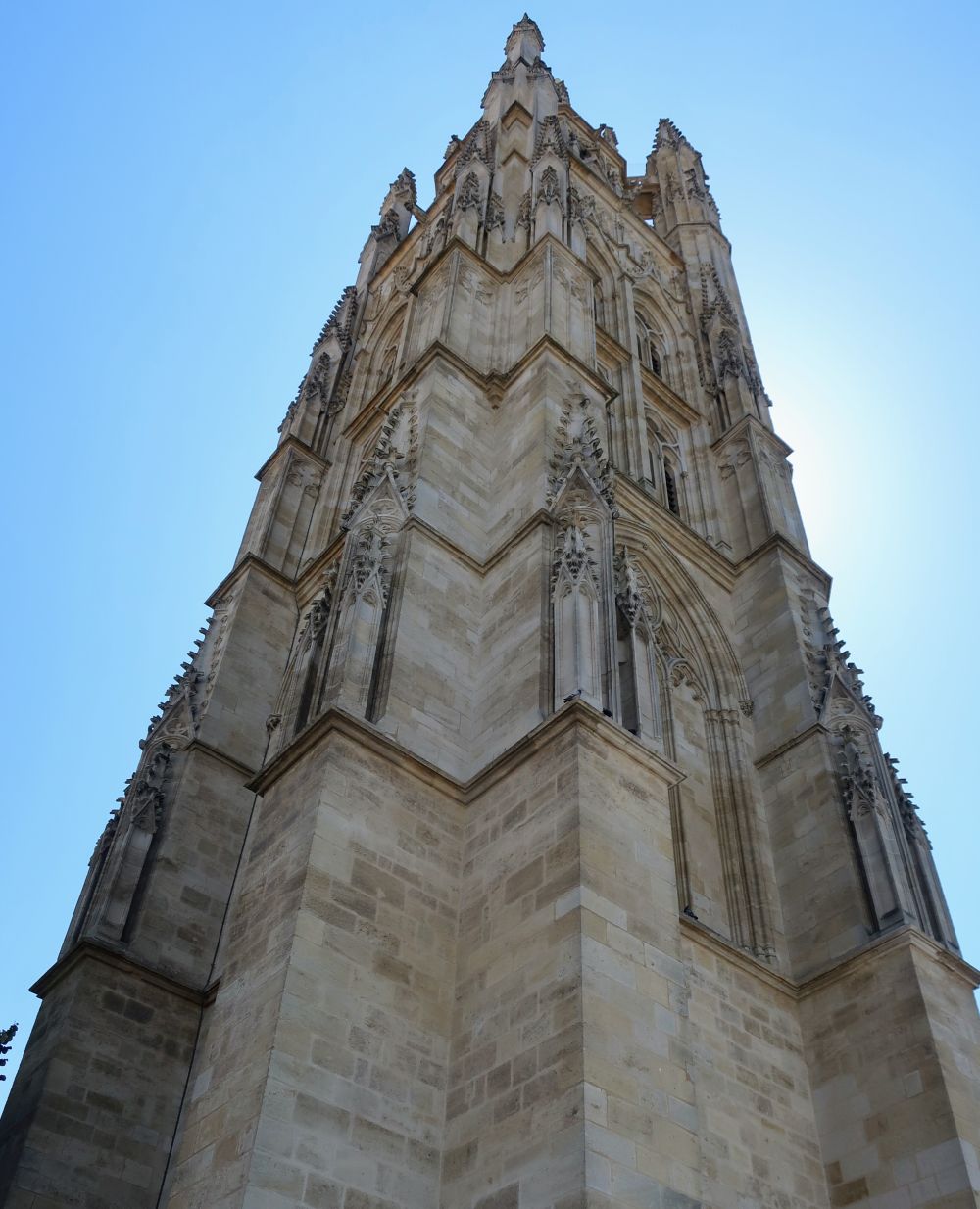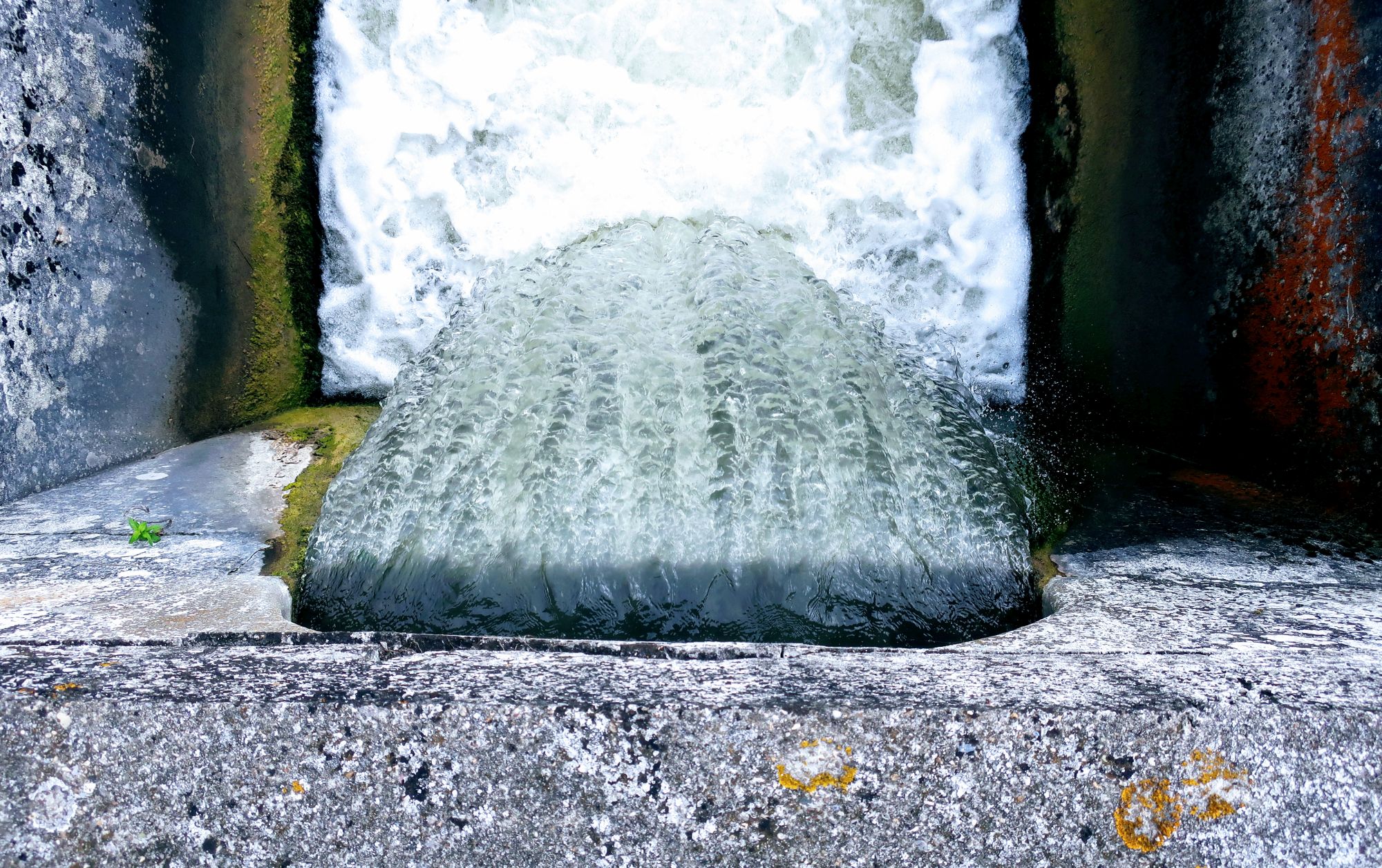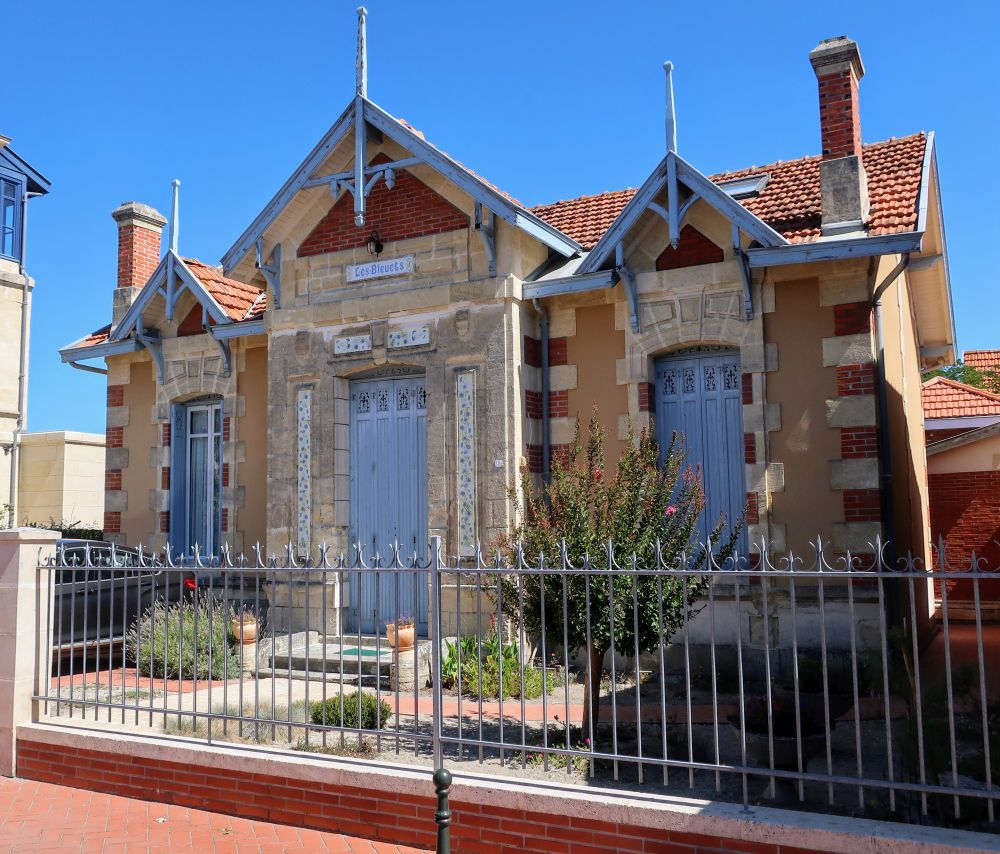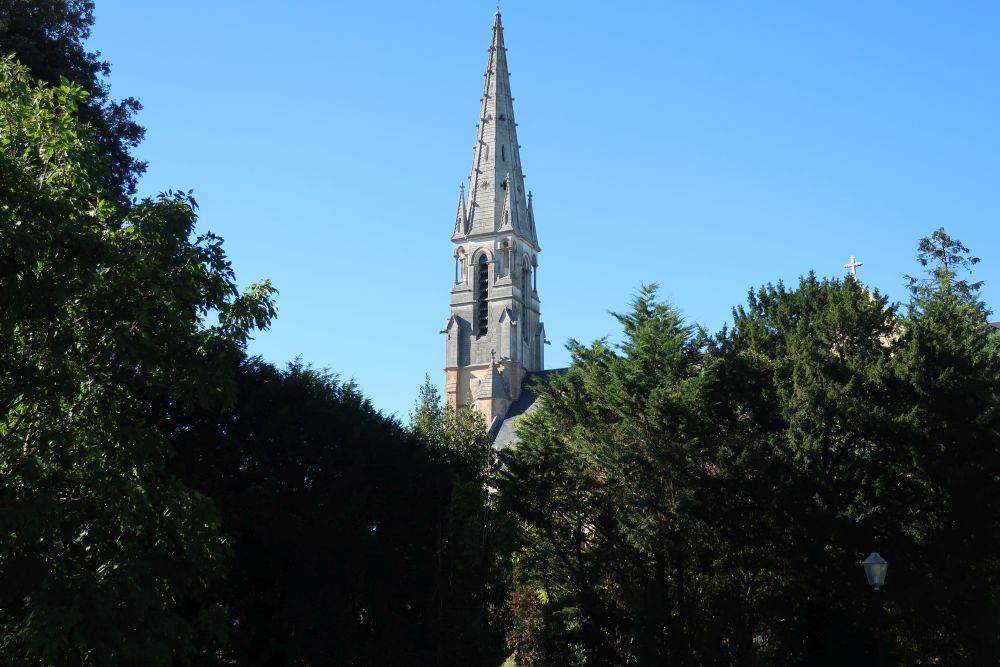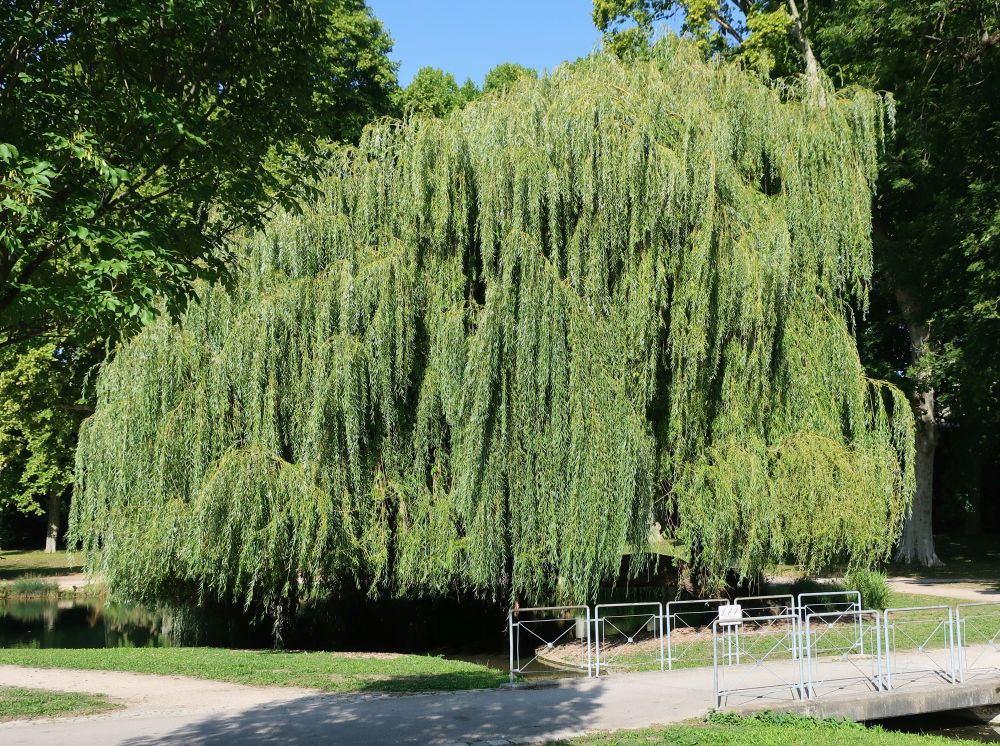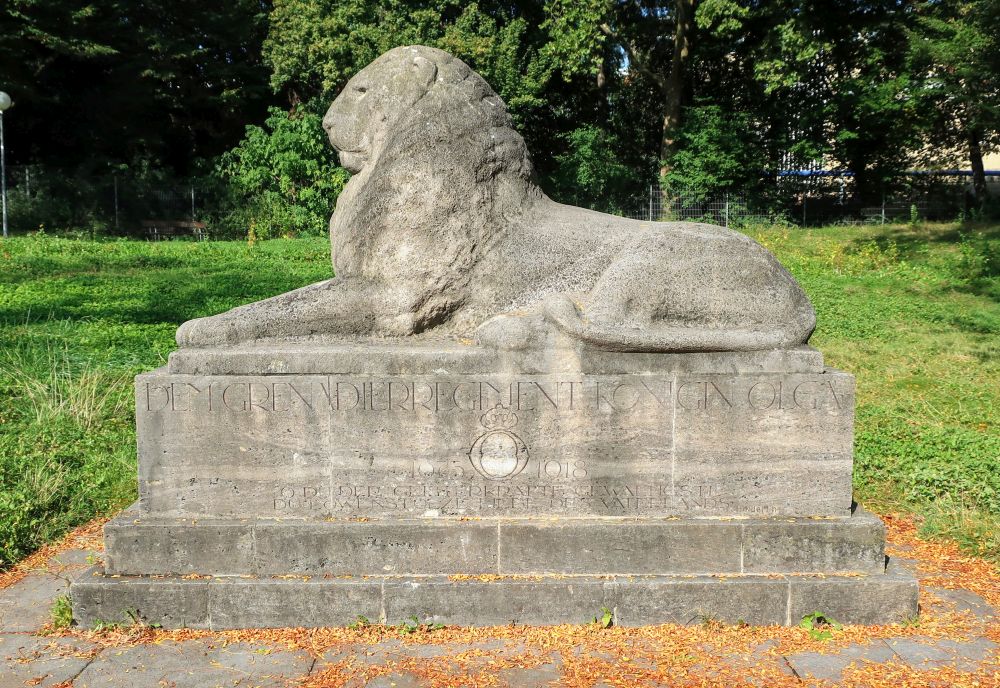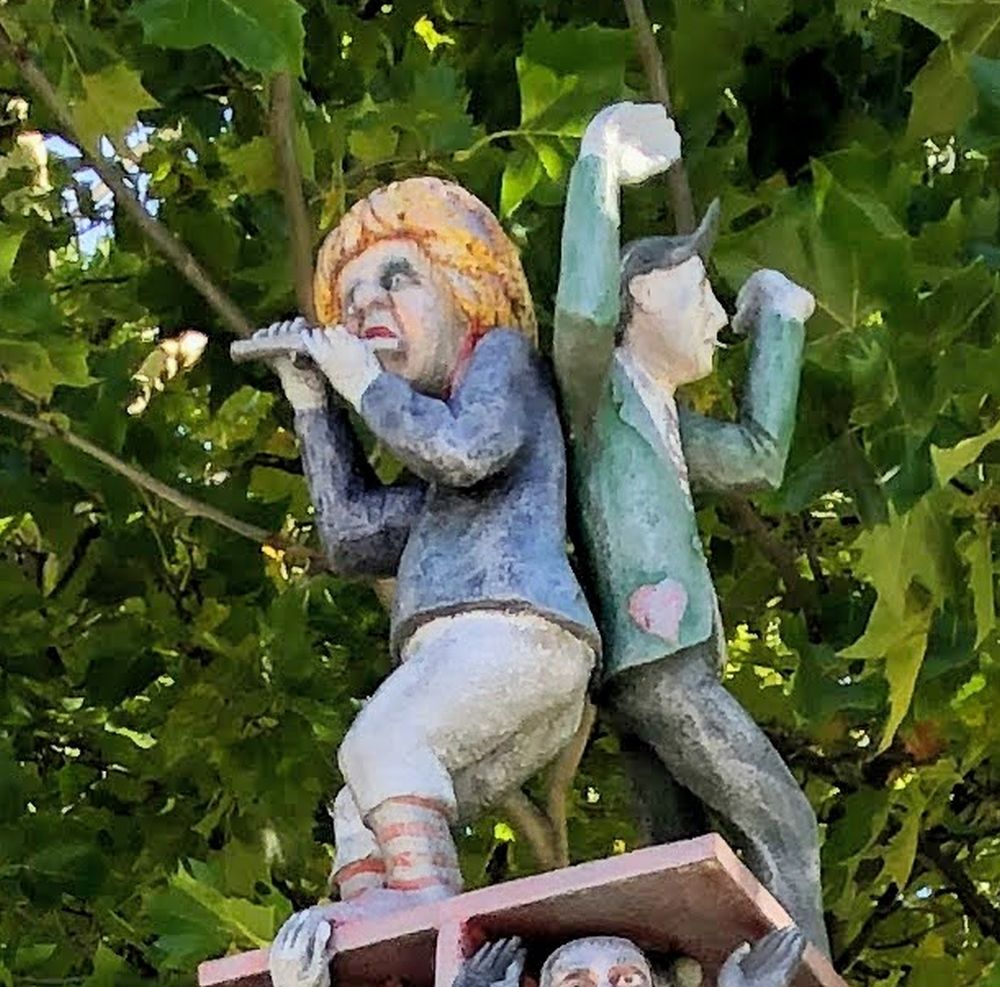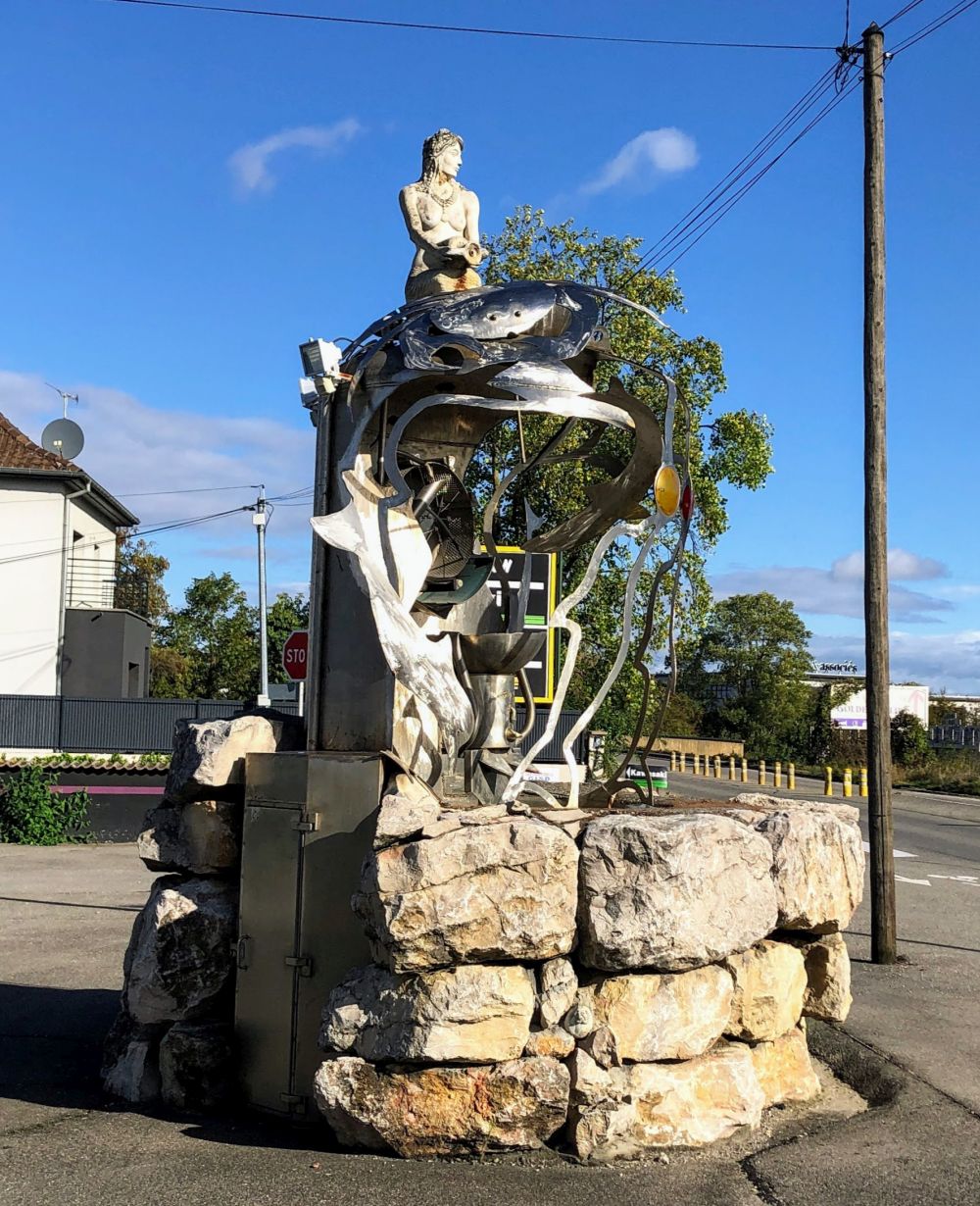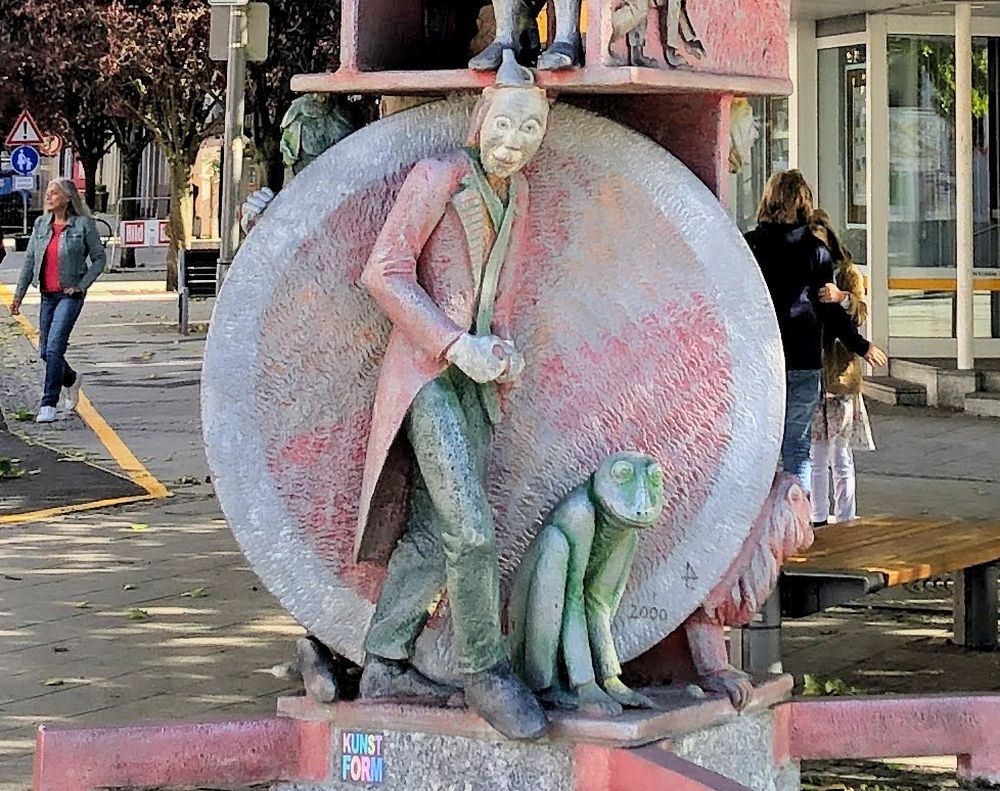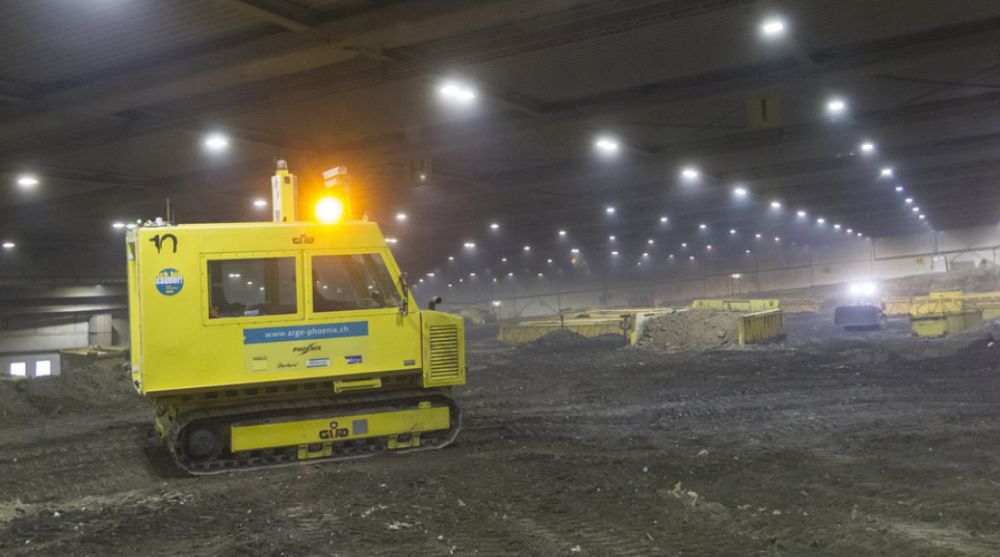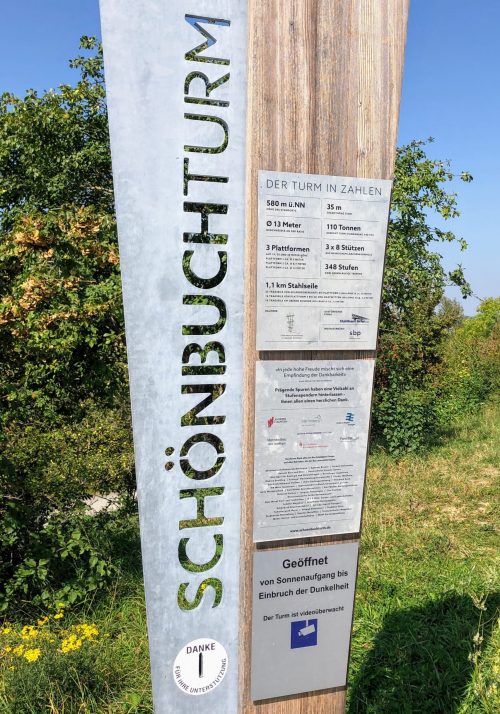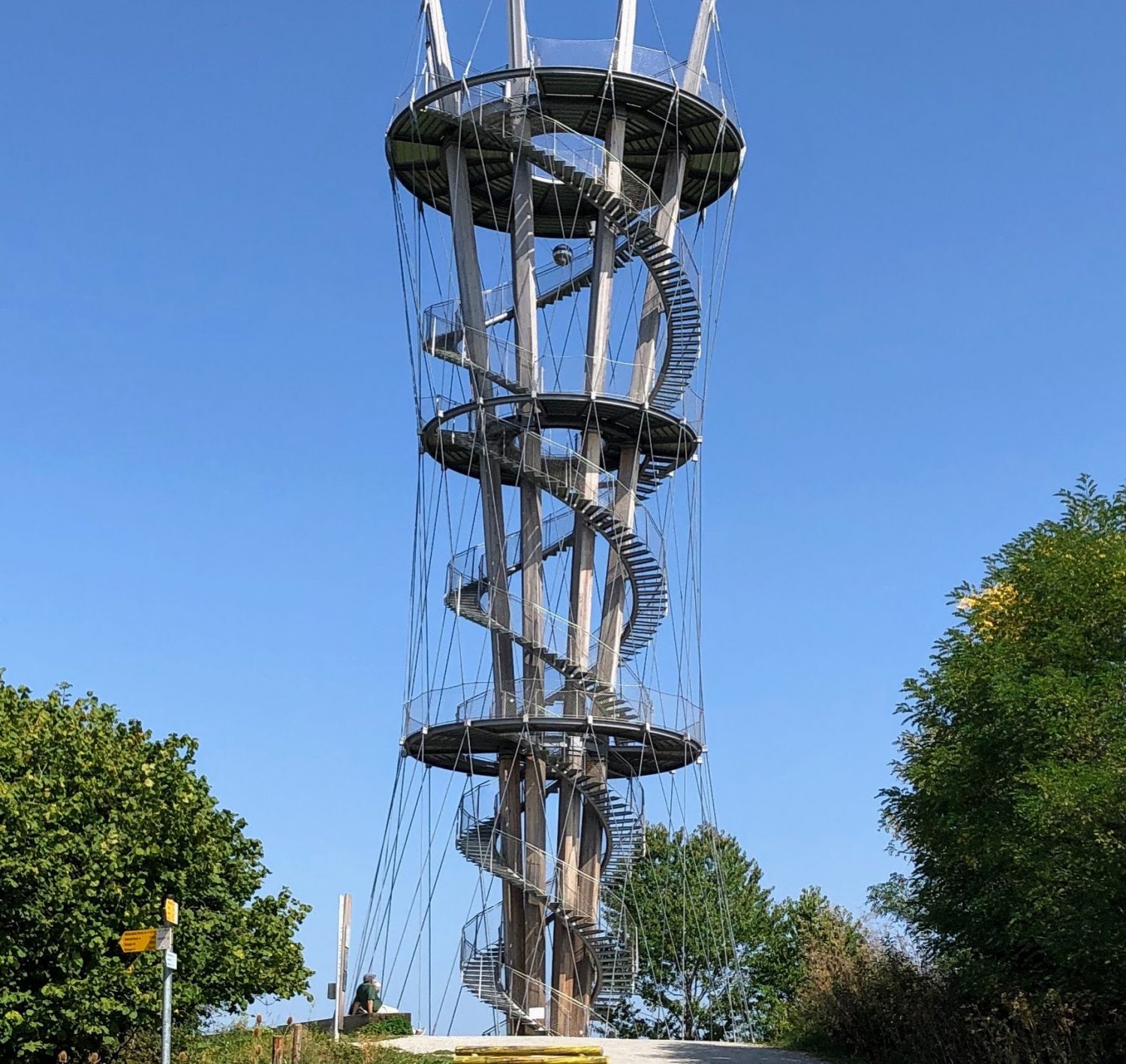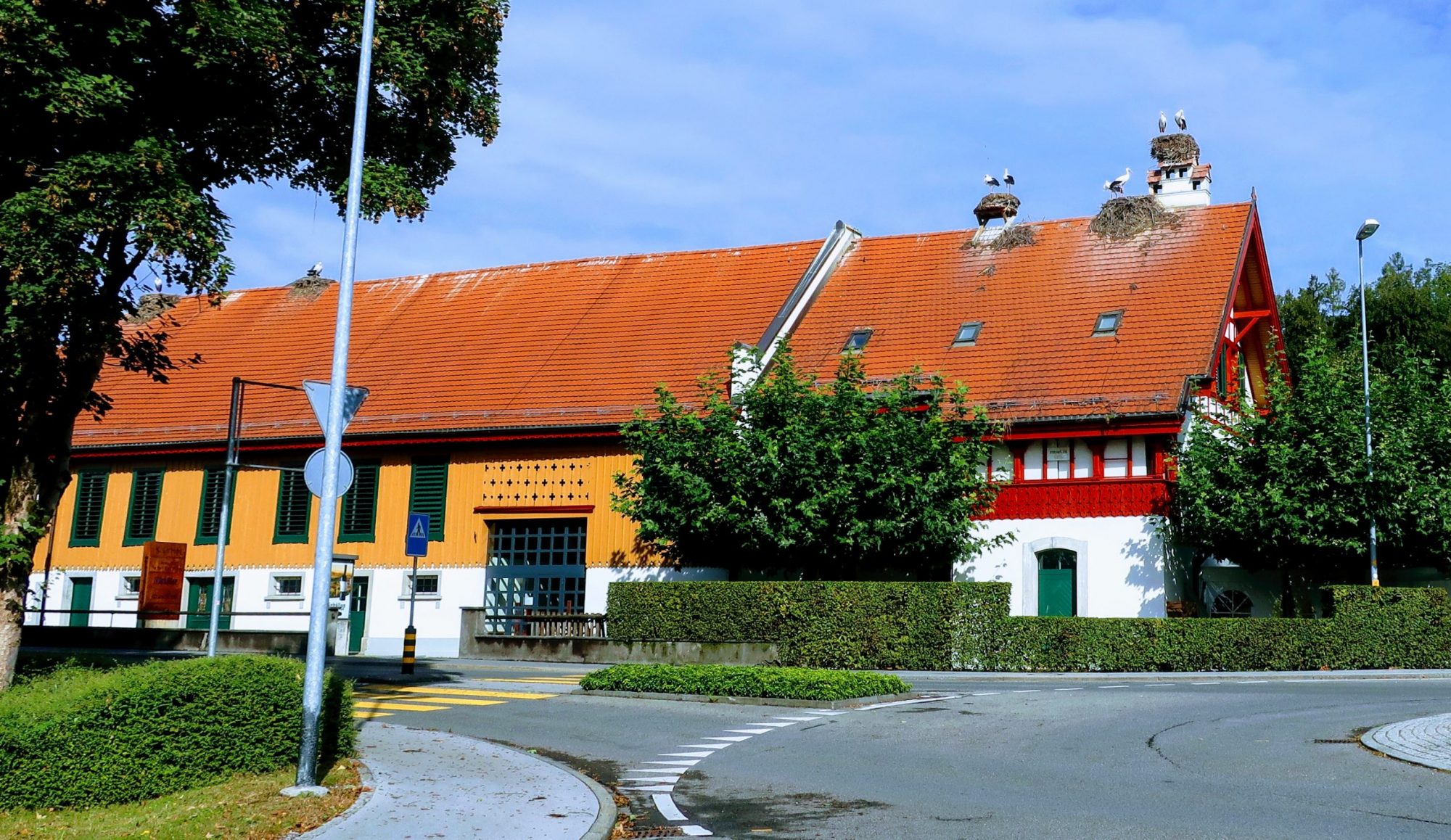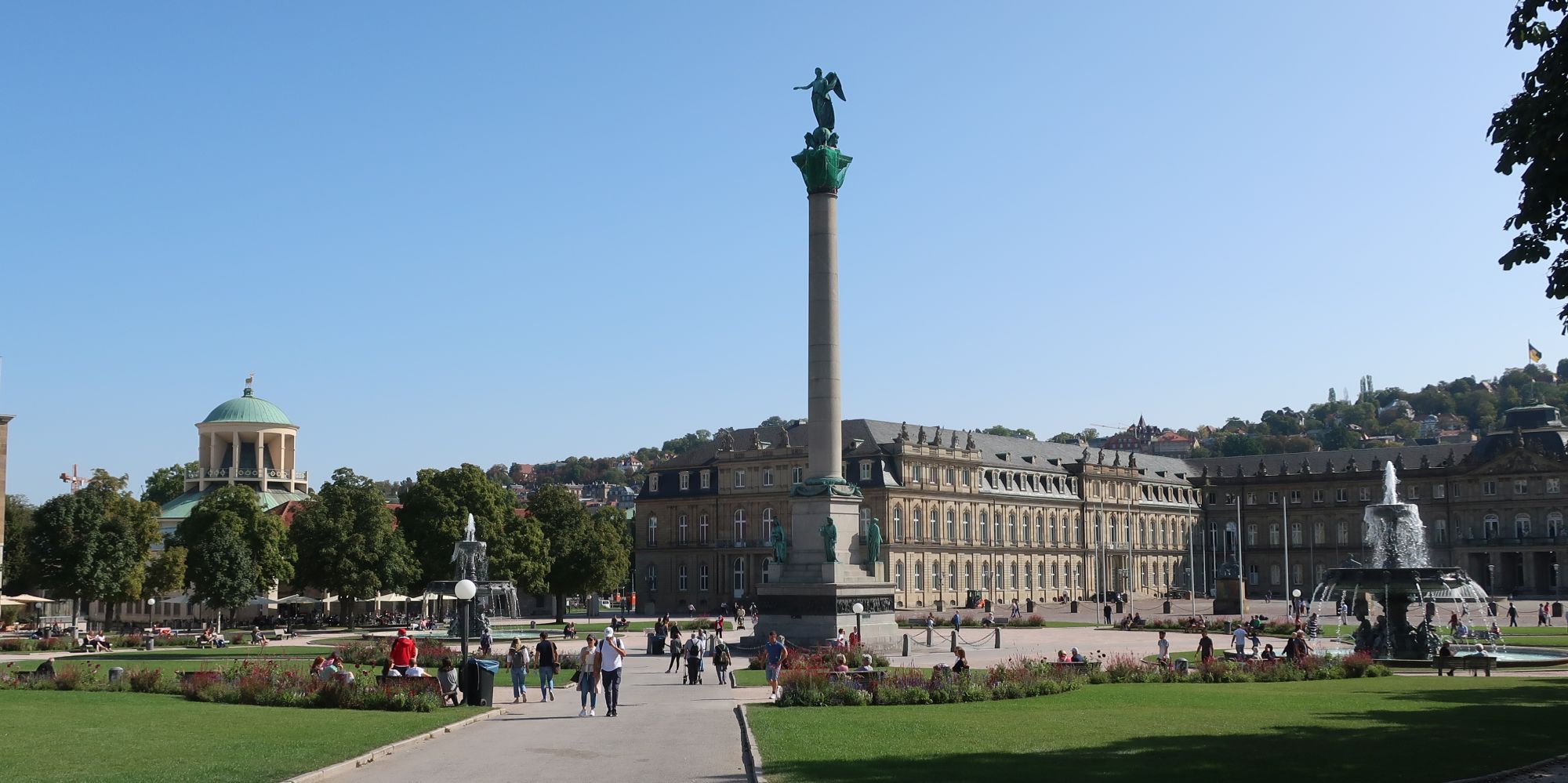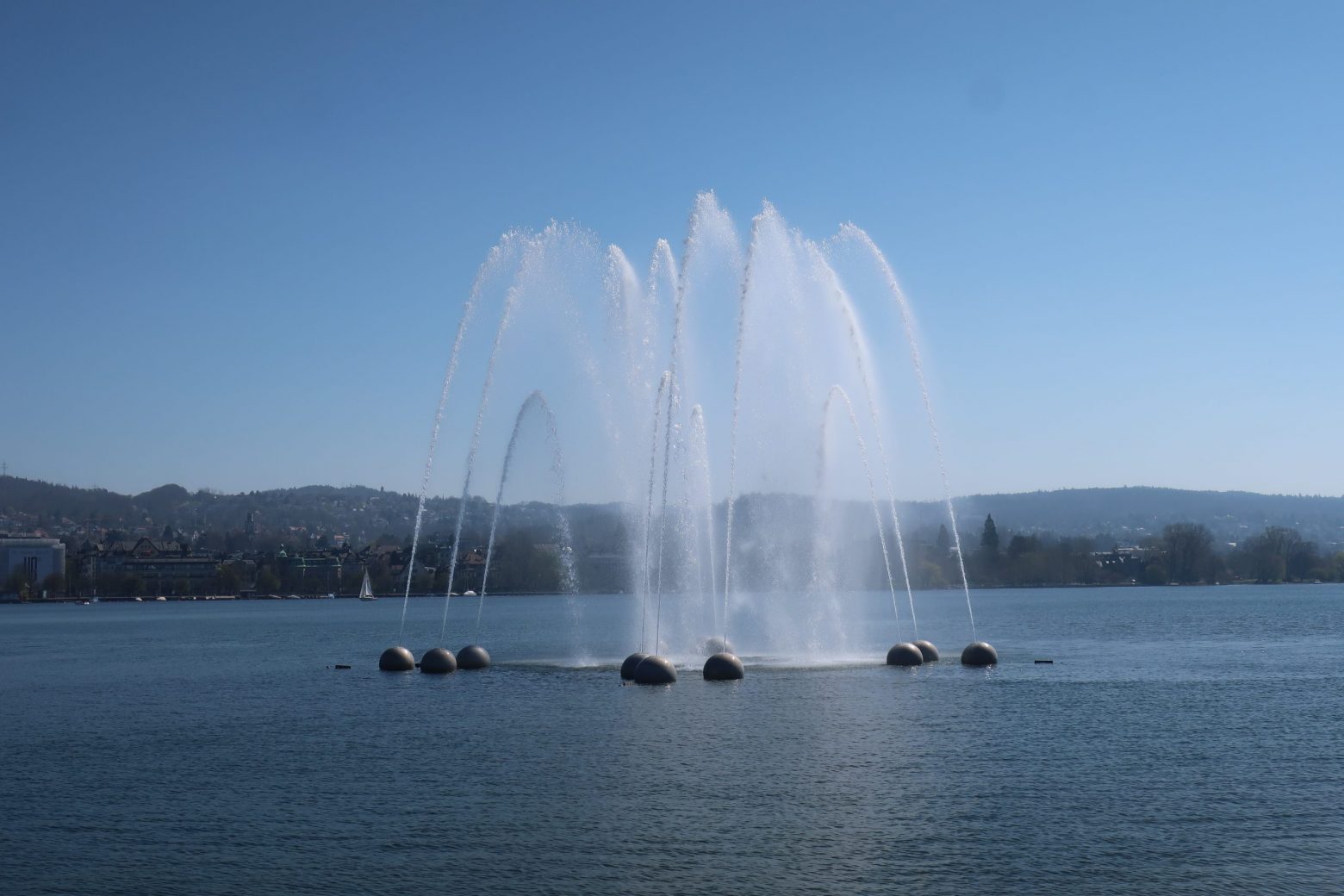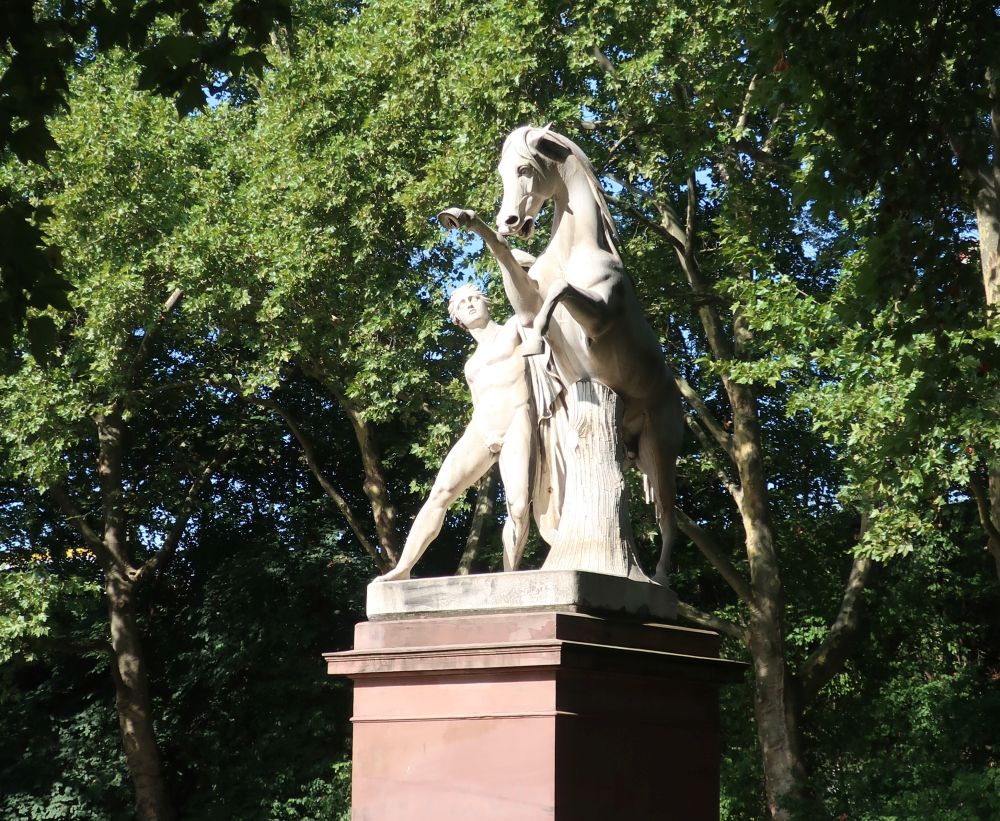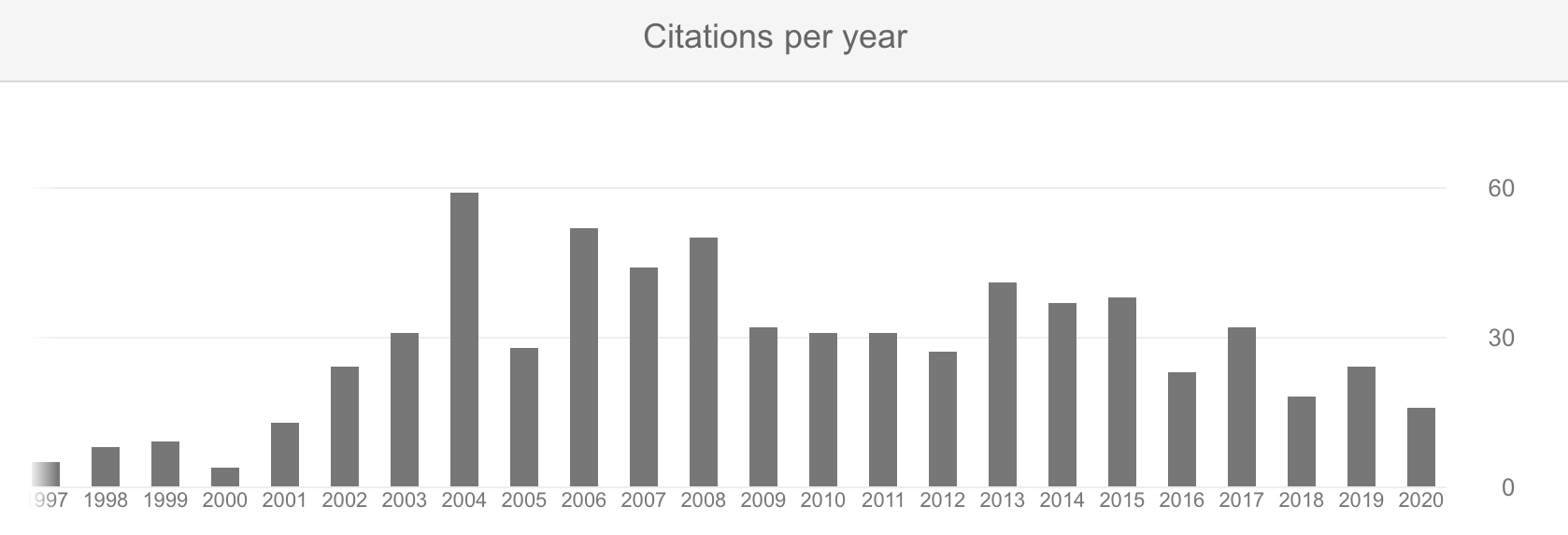Some flowers I caught growing out of the side of the mountain,
Month: October 2020
Bordeaux church
FAKE – Alsace drainage
As artistic a snap as I thought I could take of water pouring out of a drainage canal in Alsace, on its way to the Rhein river:
Just for the record: the photos I post are never in any way retouched or enhanced or changed – except for cropping. OK, and maybe a very simple color correction a la Google.
But in this series of blog posts entitled FAKE I publish some rather interesting images I have enhanced in some way. This picture was enhanced using a more severe color correction option offered by Google Photos.
Incredible, spectacular Bordeaux building – 2
Continuing the series, here is another spectacular building I spotted in the western French city of Bordeaux:
Roman toilets
Switzerland is well-known for the cleanliness of its public toilets – and as you can see from this snap of a 2000 year old Roman amphitheater in the Swiss village of Avenches, in fact have well-built toilets is a very long tradition indeed!
Avenches has an interesting history, being just outside the largest Roman town in Switzerland (Aventicum) which, unfortunately, collapsed several hundred years after its founding.
The strange houses of Soulac-sur-Mer
Nestled on the far left side of Europe sits the country of France, and nestled on the far left side of France sits the little village of Soulac-sur-Mer, and nestled on the far left side of Soulac-sur-Mer sits a tiny residential neighborhood where all the houses have ceramic facades and – unbelievably – names!
The name of this house is Les Bleuets:
The village sits right at the top of the Cote d’Argent, so probably this is an attempt by the local chambre de commerce to draw tourists.
Rheinfelden Fountain – in its full glory
Continuing the series, the water fountain in the center of the south Germany village of Rheinfelden is so spectacular, if I showed you the full picture first, your brain would explode. So we took things slow, part by part, in small doses.
Now the time has come to display the full magnificence of this incredible fountain!
Church in the trees
Rheinfelden Fountain – in small doses – 4
Continuing the series, the water fountain in the center of the south Germany village of Rheinfelden is so spectacular, if I showed you the full picture first, your brain would explode. So let’s take things slow, part by part, in small doses:
Stuttgart Willow
Rheinfelden Fountain – in small doses – 3
Continuing the series, the water fountain in the center of the south Germany village of Rheinfeld is so spectacular, if I showed you the full picture first, your brain would explode. So let’s take things slow, part by part, in small doses:
Stuttgart Lion
Rheinfelden Fountain – in small doses – 2
Continuing the series, the water fountain in the center of the south Germany village of Rheinfelden is so spectacular, if I showed you the full picture first, your brain would explode. So let’s take things slow, part by part, in small doses:
Ill de Napoleon street art
Rheinfelden Fountain – in small doses – 1
Could this be the same one?
In a recent blog post, I talked about Switzerland having the world‘s largest building with no indoor supports – a massive installation used to cover a huge toxic cleanup site. The site‘s long been cleaned up, and the building has long been dismantled, but I can‘t stop thinking about the purpose of one of the vehicles I showed in a snap,
There’s no attachments to push or pull anything, so as near as I can tell, it can’t do much more than drive people around.
Well, you can imagine my surprise when I was travelled through a small village in north central Switzerland and came across this site!
Is this the same vehicle? Regardless, why does it look so strange and what doesn’t really do? Well, the side of the vehicle advertises a museum dedicated to excavation, so I guess I‘ll have to go back one day and check it out!
A mighty tower high in the German forest
In this case the forest is the Schönbuch forest, just south of Stuttgart.
And in this case the tower is the Schönbuch Turm, located at the highest point of the forest, and providing a spectacular view to anyone brave enough to climb it.
Here is the sign you‘ll see along the way to the tower:
And here is what you‘ll see when you come to the tower:
And finally, this is a view from what it looks like at the top!
Burls, galls, and brains
Everyone knows that trees can grow big nodules called burls. A burls is when root cells in the tree start to grow in an unexpected place, like a trunk.
And everyone knows that trees can grow galls. A gall is similar to a burl, but it is caused by a fungus in the tree that causes the tree to grow something like a wooden wart.
But in a recent trip to Unterer Schlossgarten in Stuttgart I was shocked and terrified to see a real human brain growing in a tree!
Could it be that this tree was planted on the site of an ancient cemetery – and by an unbelievable stroke of luck, some of the dead brain matter was absorbed into the tree where it became re-animated and started growing again.
I wonder what the tree „thinks“ about all this?!
Those embarrassing Swiss storks
I‘ve written about storks in Alsace, storks in Germany, storks in Bulgaria – and lots of other places.
I‘ve written about stork migration – how they learn their destinations and even their flying technique from their local neighbors.
I‘ve even written about stork poop. Until now, just about every stork nest that I have come across has been relatively clean and poop-free.
Until now . . .
In the country that prides itself as being the world‘s cleanest and most organized, it seems the storks have a lot to learn, as this snap near Tuggen, south of Lake Zurich, shows:
Stuttgart Schlossplatz – 2
Continuing the series, another snap of one of my favorite sites in all of Europe
Altdort in Uri – the Swiss village of Wilhelm Tell
A lot of people think he was the fictional creation of an author, but that hasn‘t stopped Switzerland from adopting Wilhelm Tell as one of their most famous local folk hero’s. Deep, deep within the Swiss village of Altdorf, deep, deep within the Swiss canton of Uri, there is an incredible statue of Wilhelm Tell – which is so big and incredible I can only reveal it piece by piece, such as this close-up here:
What I don‘t really know is whether the artist tried to capture father and son before Wilhelm used his crossbow to shoot the apple off his son‘s head – or after. From the fearful look of the small boy, and the „try to be brave, my son“ look of the man, my guess is that this scene took place just immediately before the Apple was shot off – but that‘s just my guess.
Water fountain on Lake Zürich
The stud farm remnants of Stuttgart‘s past
Not a lot of people know it, but even though it dates back to the Roman times, Stuttgart got its start in the Middle Ages as a stud farm (that‘s where the name came from).
If you know where to look, you can still find bits and pieces of that horsekeeping past, buried around obscure places within Stuttgart that most tourists are never likely to go:
Amazing how time flies
It‘s fair to say I stopped being an employed, practicing physicist in the year 2000, when I left the Max-Plack-Institute for Metals Research and joined Hewlett Packard Consulting & Integration.
According to Google Scholar I have published 45 „things“ that Google records in their list, most of them scientific papers but a few of them other things, such as proceedings of scientific conferences.
Nowadays, even more important than the number of articles that a scientist publishes is often the „citation index“ – or, the number of times another scientist has cited their work. According to Google Scholar, here‘s what my citation index looks like over time:
The graph shows how many papers written by other scientists cited my work.
If you ask me, it‘s pretty incredible. Even though I have been publishing papers since the mid-1990‘s, and even though I stopped doing scientific research in the year 2000 – it seems the peak of my citations only occurred some years afterwards. There are lots of reasons for that – you have to pick things apart at the level of individual papers and collaborators – but I find it interesting nonetheless: if true more broadly, it means that scientists are not famous for what they do right now, but for what their work will lead to in a few years‘ time!

